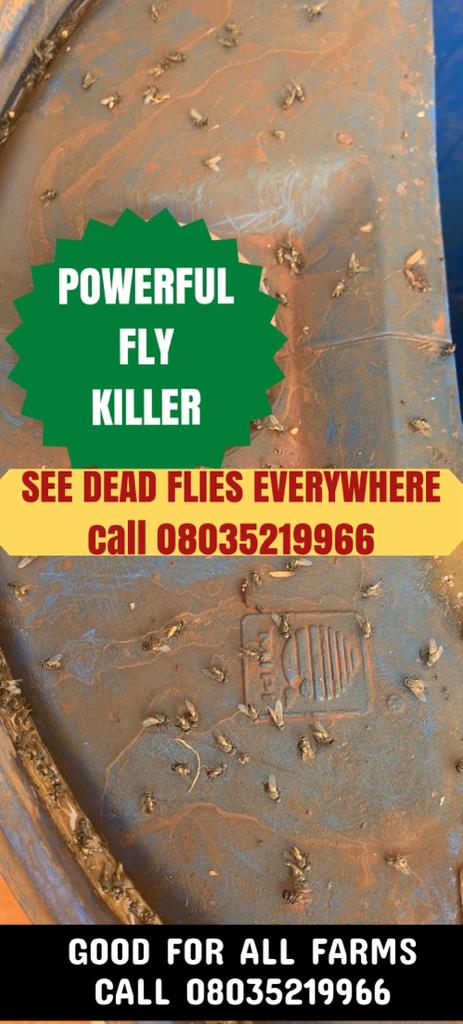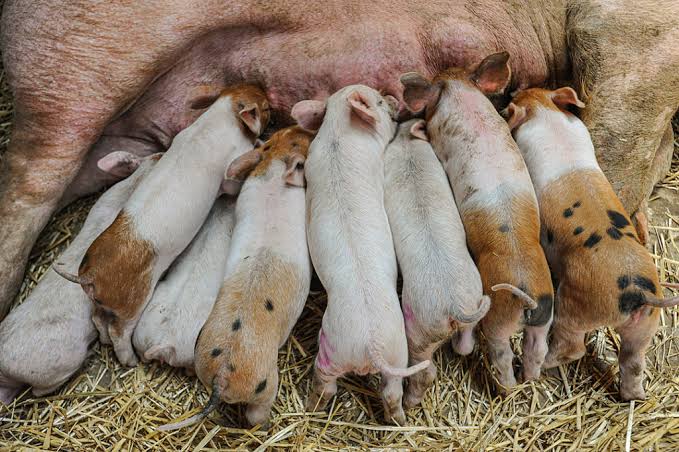 GET THIS NOW: AUTOMATED INCOME MACHINE
GET THIS NOW: AUTOMATED INCOME MACHINE
8 Reasons Pigs Eat Their Own Piglets
First-time young mothers, called gilts, are more likely to eat their piglets, especially if housed with other young mothers. Stressed sows, overcrowded, overweight sows, large litters, and a higher proportion of female piglets can also contribute to higher incidents of piglet savagery.
#1 First-Time Mothers Are More Likely To Savage Their Young
Studies show that young female pigs, known as gilts, are more likely to savage their piglets than sows. Gilts farrowing for the first time are more likely to cannibalize their piglets than sows. While 1.22% of sows “killed one or more of their piglets,” 3.4% of gilts demonstrated this behavior.
 Learn More
Learn MoreAmongst gilts, savaging contributed to 7.70% of total pre-weaning deaths. In sows, it dropped by more than half to just 3.13%. Unfortunately, evidence suggests that a gilt that savages her first litter is more likely to be aggressive towards future offspring.
Purchase this compelling ebook instantly. 
 21 most important poultry diseases with prevention, control & treatment
21 most important poultry diseases with prevention, control & treatment
Why do pigs eat their own placenta? Sows eat their own placenta to replenish nutrients lost during farrowing. The pig’s fresh placenta is usually expelled a few hours after the birth of the last piglet and the sow eats it. The placenta contains hormones, nutrients and other substances that doesn’t harm the piglets. It’s natures way of replenishing many of the nutrients that the sow has lost during the birthing process.
READ ALSO Why are my Pigs Foaming and Frothing at the Mouth: Reasons and Solutions (Two)
Sows eat their placenta from natural instincts and are not the only animal whose mothers eat their placenta after giving birth. Many mammals do this. A sow eating its own placenta is not an indicator of savage behavior.
#2 Gilts Housed Together May Suffer From Pig Cannibalism
Researchers have found a higher incidence of savagery in all-gilt environments than in those where younger and older animals live together. In all-gilt environments, the level of aggression appears higher, leading to the deaths of more piglets through cannibalism.
#3 Restless Pigs are More Likely to Savage Their Babies
Savage sows tend to be restless before and during farrowing. They change position frequently while giving birth, finding it difficult to lie down without endangering their piglets.

Therefore, scientists believe that savaging may be part of a more generalized behavioral pathology and not directed specifically at the piglets.
#4 Noise and Disturbances Increase Sow Savaergy
Pigs constantly exposed to noise and new stimuli before farrowing are more likely to become aggressive. The fewer humans interact with or disturb the sow, the less likely she is to savage her offspring.
READ ALSO How and When to Give Iron Injections your piglets
#5 Limited Space Increases Piglet-Directed Aggression
A sow will create a nest in a natural environment before giving birth. Our sows have constructed grass nests that stand over a meter high and stretch over 2 meters wide in the past.
Studies show that allowing a sow to nest improves her maternal and nursing behavior.
Invest in this knowledge-packed ebook promptly.  20 questions to ask your poultry farm manager everyday
20 questions to ask your poultry farm manager everyday
A sow kept in a cramped enclosure with no access to straw is likelier to exhibit negative communicatory behaviors such as pushing, threatening barks, and biting.
Creating a Stress-free Environment Reduces Aggression
#6 Hormonal Fluctuation can Increase Maternal Aggression
Gilts with high estradiol levels in their systems are more likely to show signs of maternal aggression. Estradiol is an estrogen steroid hormone that plays a critical role in pregnancy. If a sow has a high estradiol level of estradiol before and after farrowing, she’s more likely to show signs of aggression.
ATTENTION: Click “HERE” to join our WhatsApp group and receive More updates directly on your WhatsApp!
Stressed sows also show signs of abnormal levels of oxytocin, the hormone and neurotransmitter more commonly associated with childbirth and breastfeeding.
Both abnormally high and deficient oxytocin levels have been linked to increased aggression and savaging.
#7 Excessive Body Condition Increases Savaging
Researchers have identified a “strong association” between excess body condition (fat pigs) and savaging in gilts. They believe it could be due to a build-up of fat in the pelvis area. This build-up would restrict the birth canal, making farrowing more difficult and painful.
Excessive body condition may also cause excess piglet growth, impeding farrowing.
#8 Piglet Gender May Influence Sow Aggression
Studies indicate a notable lack of savagery in litters that contain more males than females. Similarly, larger litters seem to experience higher mortality than smaller litters.















